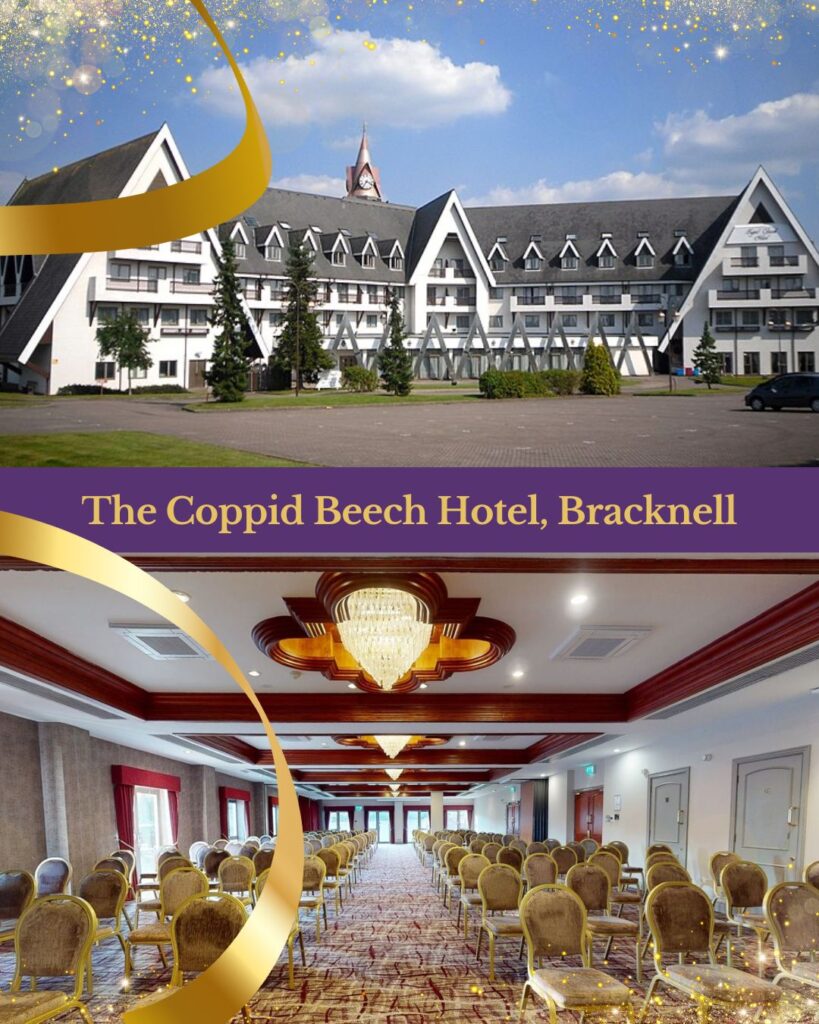Cantharis – Homeopathic Remedy
Cantharis (Cantharis vesicatoria)
Cantharis is more famously known as ‘Spanish fly’, the aphrodisiac of choice for many sexually active people in the 1970’s. However, its use as a love-making stimulant is believed to stretch further back in time – the infamous Marquis de Sade allegedly taking it to fuel his debauched dalliances during the 18th century.
Cantharis is actually made from a beetle native to Spain, Italy, Sicily, and southern Russia – so much for ‘Spanish fly’!
Apart from its purported aphrodisiac properties, cantharis is also an age-old remedy for warts. It has irritant, blistering properties, being used homoeopathically to treat symptoms such as stinging, burning pains, usually accompanied by an immense thirst, but no real desire to drink.
Other names: Spanish fly
Parts used
Dried and ground body and wings.
Uses
Homeopaths may prescribe this remedy for:
Urinary disturbances displaying the following symptoms: Cystitis with stabbing, burning pains when urinating; frequent, painful urination.
Inflammation of the digestive system displaying the following symptoms: Abdominal distension, burning pains, diarrhoea.
Burns and scalds of the skin (i.e., sunburn, insect stings, and rashes with pus-oozing spots)
Emotional problems displaying the following symptoms: Anger, irritability, violence, extreme anxiety.
People requiring this remedy will feel worse: With movement, with touch, after drinking coffee or chilled water.
People requiring this remedy will feel better: With flatulence, with warmth, at night-time, with light massage.
The information given on this site about homeopathic remedies is just a general overview. Classical homeopathy takes all the patient’s symptoms into account and prescribes upon the “Totality of Symptoms”, thus finding the precise remedy that matches the patient’s symptoms perfectly.
Here, at The CMA we recommend that anyone interested in learning more about homeopathy and the fascinating remedies that homeopaths use should take an introduction course to homeopathy – which will help you to understand how to become a good home first-aid prescriber. This is ideal for ‘acute symptoms’. However, if you want to learn more – with a view even to becoming a professional homeopath, who is educated highly enough to be able to treat chronic conditions, you’ll need to be prepared to spend many years learning this vast and fascinating topic – along with anatomy, physiology and pathology, history of medicine, homeopathic philosophy and much more. You’ll find both kinds of courses here on this site – head to our section on Find a CMA Member and search under Training Schools.


